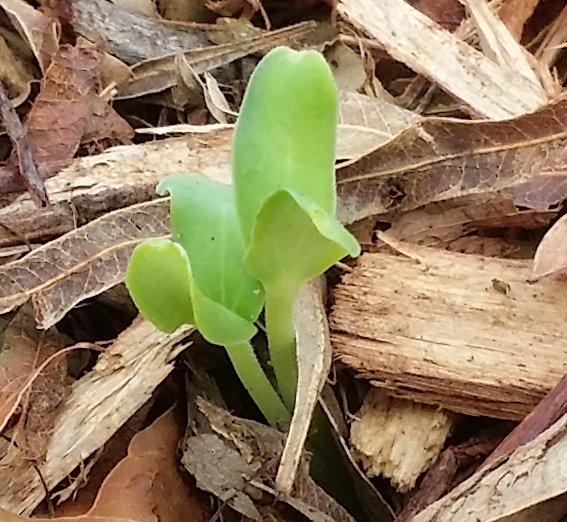I've been trying to invent a better mousetrap for a long time and I think that I've come up with a few that are possibly patentable.
For me, the ultimate mousetrap will have these features:
- Terminate the rodent.
- Eject the dead rodent from the trap into an area where a natural predator will take it away.
- Reset itself.
- Work for months at a time without human intervention.
- Be effective.
With that in mind I've come up with this (invented?) as one of my designs.
I live in Arizona in the desert southwest of north America. The predators listed in this article of those commonly found in this part of the world. Where you live some of them will be different.
The trap is a pit that's a half drum about 3 to 6 feet wide and around 3 feet deep. Simply put, when a rodent falls into this drum it is unable to climb out because it has smooth walls. From a practical perspective I would imagine that a modified plastic water collection tank might be used as a starting point to create this. The color of the pit should be light.
The pit would be installed outside. Either completely above ground or semi-submerged or submerged into the ground. Because it's outside then drainage from the pit needs to be considered and installed. This could be as simple as tiny drainage holes poked into the bottom of the pit and would prevent the pit from flooding when it rains.
Around the edge of the pit you place walk-the-plank style mousetraps. These are mousetraps that entice the rodent forward and uses their weight to trigger a pivot mechanism to drop them into the pit. If the rim of the pit is above the ground you will need a ramp to facilitate the rodent reaching this point.
Rodents that fall into the pit will be alive and running around in there but unable to get out. The walk-the-plank style traps are usually self-resetting so several rodents can be dropped into the pit at the same time.
If the tank is light in color then there will be a distinct contrast making the rodents highly visible.
Predators are now able to remove the rodents from the pit. This would have happened in nature anyway except it wouldn't have been as easy for the predators to find their prey.
Birds of Prey
Eagles, hawks and owls would be the primary birds-of-prey that would be interested in this. It would be pretty easy for them to pick the rodents out of this pit.
Canines and Felines
Domesticated dogs and cats (including feral cats) as well as bobcats, mountain lion and coyotes are all potential rodent removers. Easy for them to get in and out of the pit.
Reptiles
Snakes are the only reptiles that I would imagine that you'd see in this pit. I'm guessing that Gila Monsters are potential predators but these are pretty rare. If the external ingress to the pit has a high wall then this may eliminate reptiles.
Snakes may get stuck in the pit and not able to get out. There are a couple of thoughts about this. The snake spends a good portion of its life in the pit because it has a constant supply of food entering the pit. A human (using a long snake pole) lifts the snake out of the pit and releases it.



























